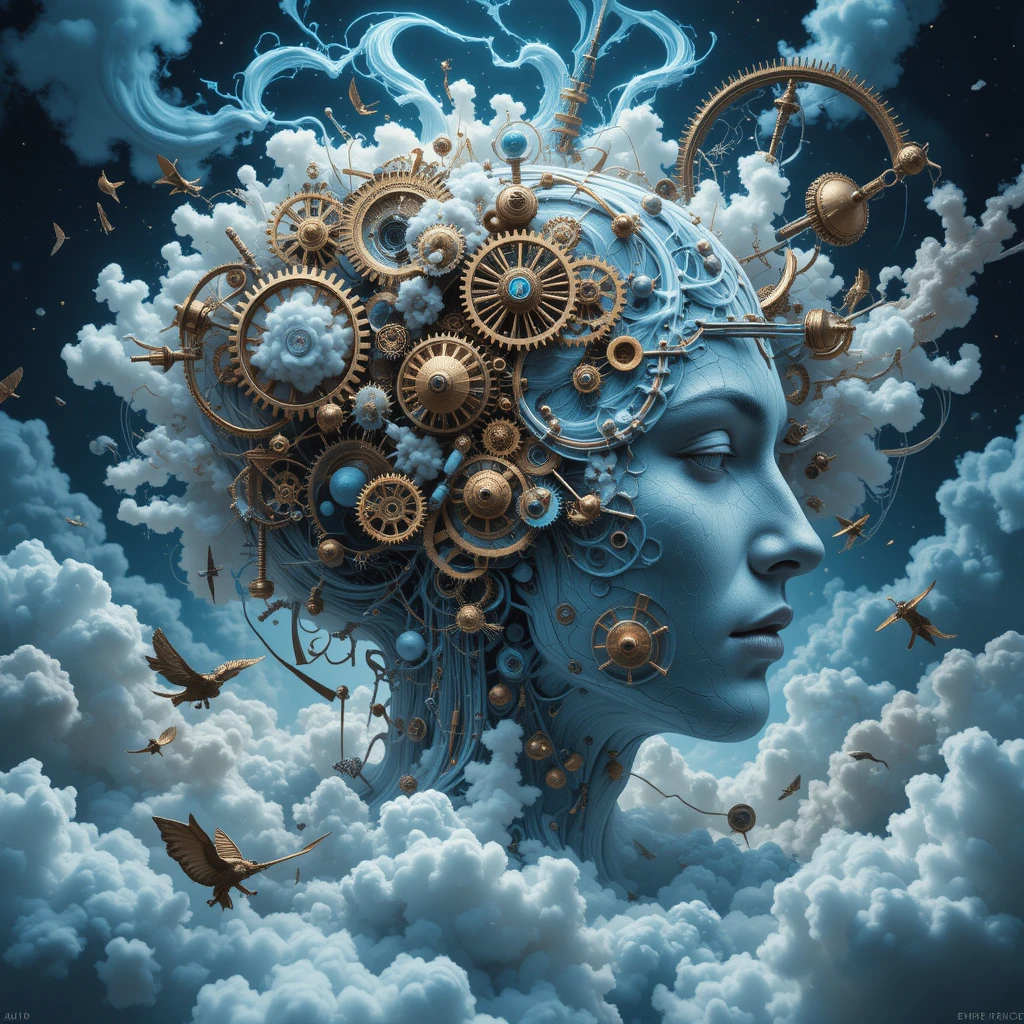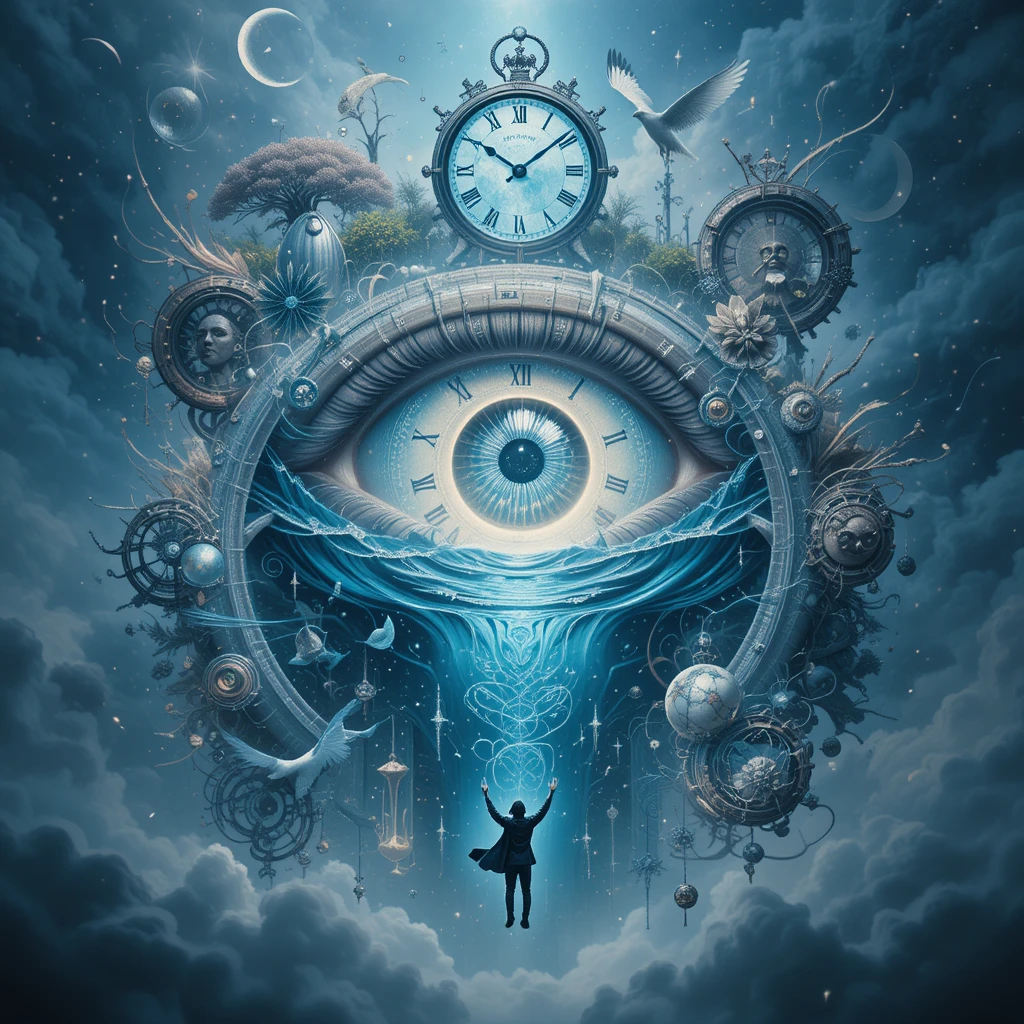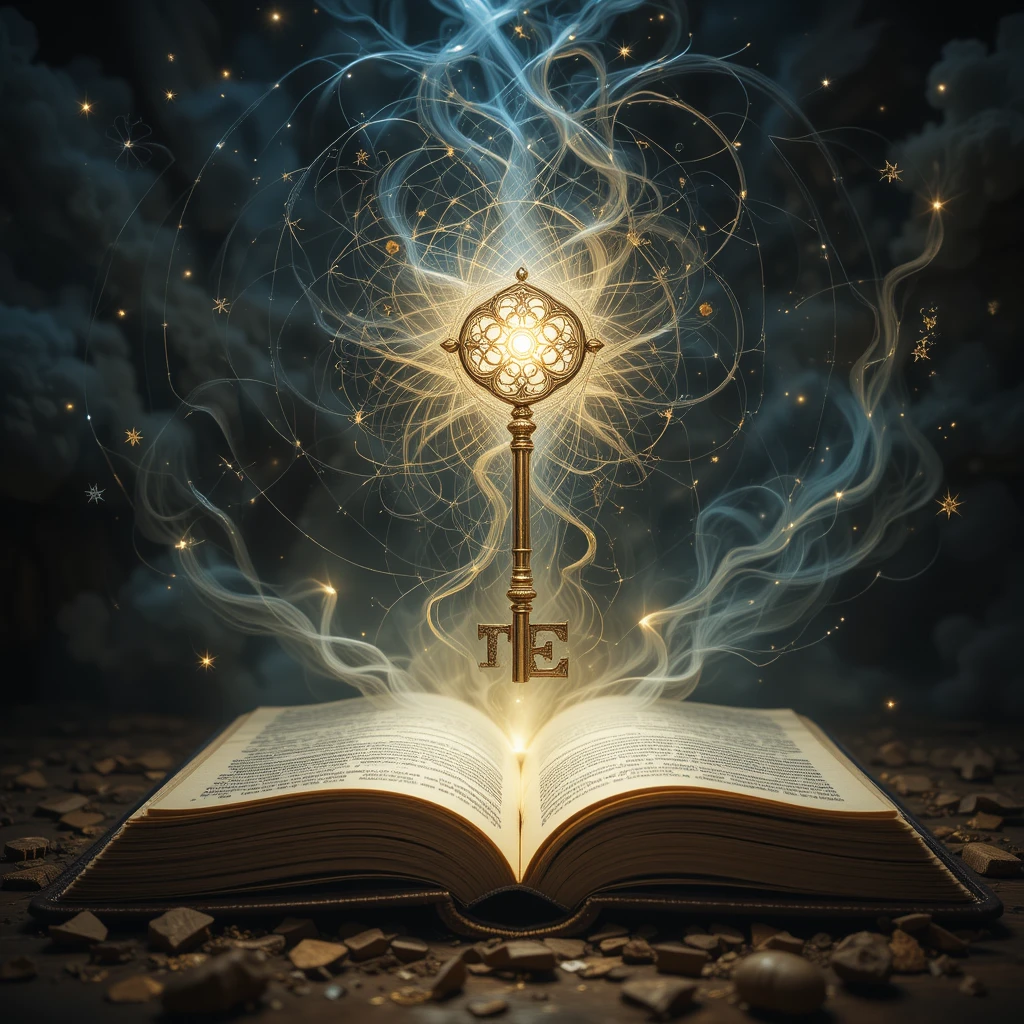Dreams have fascinated human beings for millennia, and the interpretation of dreams has long been a subject of curiosity. Whether dreams are seen as mystical omens, symbolic expressions of our unconscious minds, or reflections of our daily lives, their meaning has been explored from many different angles. Sigmund Freud’s The Interpretation of Dreams revolutionized our understanding of dreams, suggesting that they are windows into the unconscious mind, revealing repressed desires and fears. In this blog, we delve into the interpretation of dreams, examining how Freud’s theories shaped dream analysis and exploring the various symbolic meanings behind common dream themes.

Table of Contents
What Are Dreams? The Mystery Behind the Phenomenon
At its core, a dream is an involuntary sequence of images, ideas, emotions, and sensations that occur while we sleep. Though dreams can be bizarre and hard to understand, they often carry a deeper significance. The interpretation of dreams can help us uncover hidden truths about our emotions, thoughts, and psychological states. Most dreams occur during REM (Rapid Eye Movement) sleep, a stage in which the brain is highly active, and our minds seem to simulate experiences as though we were awake.

The study of dreams raises profound questions: Do dreams have meaning? Can they offer insight into our lives? The answer depends on how one approaches the interpretation of dreams. While some see them as random and meaningless, others believe they hold significant clues to our subconscious mind.
Sigmund Freud and the Birth of Dream Interpretation
Sigmund Freud, often considered the father of modern psychology, introduced a groundbreaking theory about the interpretation of dreams in his seminal work, The Interpretation of Dreams. Freud argued that dreams are not random, chaotic phenomena but rather are expressions of unconscious desires, fears, and unresolved conflicts. He believed that dreams serve as a form of wish fulfillment, allowing us to act out desires that are too taboo or painful to confront in our waking lives.
Freud’s theory suggests that the interpretation of dreams can provide insight into unconscious thoughts that influence our waking behavior. According to Freud, while we sleep, our minds are free to express these desires through symbols. However, these dreams often take on distorted forms due to the psychological process Freud called “dreamwork.”

Freud’s Dreamwork: How Dreams Are Formed
In the interpretation of dreams, Freud identified several key processes that transform unconscious desires into the symbols we see in our dreams. These processes include:
1. Condensation
Condensation refers to the compression of several ideas, emotions, or memories into a single symbol. A dream might feature a single figure who embodies multiple people or concepts from the dreamer’s waking life.
2. Displacement
Displacement occurs when emotions or feelings tied to one object or person are transferred to another, less threatening element in the dream. For instance, a dream may involve a harmless figure receiving the brunt of anger, masking the true source of frustration.

3. Symbolization
Symbolization refers to the transformation of abstract thoughts or desires into tangible symbols. For example, Freud frequently pointed out that sexual desires might be symbolized by objects like sticks or swords in dreams.
4. Secondary Revision
After a dream is formed, the unconscious mind revises it to create a more coherent narrative. This process smooths over contradictions and ensures that the dream fits into a more understandable and socially acceptable structure.
Manifest vs. Latent Content: The Two Layers of Dreams
Freud’s interpretation of dreams distinguishes between two layers of dream content:
- Manifest Content: This is the literal storyline or the actual events that occur in the dream. When you wake up and recount your dream, you are describing the manifest content.
- Latent Content: This refers to the hidden, symbolic meaning behind the manifest content. Freud believed that the latent content reveals unconscious desires and repressed memories that are too threatening to be directly expressed in the dream.

For example, if you dream about a friendly neighbor, the manifest content might simply be an interaction with this person. However, the latent content might suggest unresolved issues related to the neighbor or that the dream is symbolic of deeper emotional needs.
The Focus of Dream Interpretation: The Unconscious Mind
Freud believed that our unconscious mind harbors thoughts, memories, and desires that are not accessible through regular introspection. These repressed elements influence our daily behavior and emotions without our conscious awareness. The interpretation of dreams offers a way to uncover these hidden influences and achieve self-understanding. By analyzing the symbols in our dreams, we can gain insights into our repressed desires, fears, and unresolved conflicts.

Dreams offer us a symbolic language that allows the unconscious mind to express itself. Interpreting dreams through psychoanalytic methods, such as free association (where the dreamer discusses their personal associations with dream symbols), can help bring repressed feelings to light and facilitate emotional healing.
Common Dream Symbols and Their Meanings
The interpretation of dreams involves understanding the symbols that appear within them. While dream symbolism can be highly personal, there are certain universal symbols that frequently emerge. Below are some common dream symbols and their potential meanings:

1. Water
Water is a powerful symbol in dreams, often representing emotions, the unconscious mind, or life’s flow. Calm, clear water might signify emotional peace, while turbulent or murky water can indicate emotional turmoil, stress, or confusion.

2. Flying
Dreams of flying are common and generally symbolize freedom, liberation, or the desire to escape. If you are feeling trapped or constrained in your waking life, flying in your dream might reflect a longing to break free from these limitations.

3. Being Chased
Dreams in which the dreamer is being chased by a figure or animal often represent avoidance, anxiety, or fear. The interpretation of dreams in this case suggests that the dreamer may be running away from a problem or an emotional conflict that they are not ready to confront.

4. Teeth Falling Out
Teeth falling out in dreams is a classic symbol of insecurity, fear of aging, or concerns about appearance and self-image. It may also suggest feelings of powerlessness or the fear of losing something important.

5. Nakedness
Dreaming of being naked often signifies vulnerability, exposure, or feelings of embarrassment. The interpretation of dreams may suggest a fear of being judged or an unconscious desire for greater self-expression.

6. Falling from a Height
Dreams of falling are among the most common and often carry significant psychological meaning. Falling from a height in dreams typically symbolizes feelings of insecurity or a loss of control. If you feel overwhelmed or powerless in your waking life, falling may represent your fear of failure or being unable to handle situations effectively.

- Psychological Meaning: The feeling of falling might be related to a fear of losing stability in life, whether in relationships, finances, or health. The interpretation of dreams suggests that falling dreams may appear during periods of stress, anxiety, or when the dreamer is facing challenges that seem insurmountable.
- Emotional Release: Falling can also reflect emotional release, where the dreamer is letting go of control. Sometimes, the interpretation of dreams involving falling suggests a subconscious need to release pent-up emotions or face fear directly.
- Existential Meaning: Falling dreams may also symbolize existential fears about life, death, or the unknown. It is a universal fear of losing footing, signifying how uncertainty about the future can affect one’s mental state.
7. Being Lost
If you dream of being lost or unable to find your way, it often signifies confusion, uncertainty, or a lack of direction in your waking life. This may indicate unresolved feelings about your career, relationships, or your personal identity.

Modern Views on Dream Interpretation
While Freud’s theories on the interpretation of dreams have been foundational, modern dream research has expanded and evolved. Many contemporary psychologists and neuroscientists believe that dreams serve not just as a way to express unconscious desires but as a tool for memory consolidation, emotional regulation, and problem-solving.

Dreams, according to current research, help process emotions and integrate experiences into our long-term memory. They might also allow us to solve complex problems or explore possible solutions to waking-life challenges. The interpretation of dreams today emphasizes the role of dreams in emotional health, cognitive development, and creative thinking.
Moreover, modern interpretations of dreams consider personal context. The meaning of dreams is not always universal, and their significance can change based on an individual’s life experiences, emotions, and current circumstances. This modern approach to dream interpretation focuses more on the dreamer’s associations and the emotional context of the dream.
Conclusion: The Power of Dream Interpretation
Dreams are an important and mysterious aspect of human existence. They offer valuable insight into our unconscious minds, providing a unique perspective on our desires, fears, and unresolved emotions. The interpretation of dreams—whether through Freud’s psychoanalytic lens or modern psychological methods—allows us to explore these hidden elements, offering a path to self-discovery and emotional healing.

By paying attention to recurring symbols and themes in your dreams, you can gain a deeper understanding of your inner world. Dreams serve as a bridge between the conscious and unconscious mind, offering us the opportunity to process emotions, confront fears, and better understand ourselves. Whether you see dreams as messages from the subconscious or simply as reflections of daily life, the interpretation of dreams remains an essential tool for gaining clarity and insight into the complexities of the human psyche.


